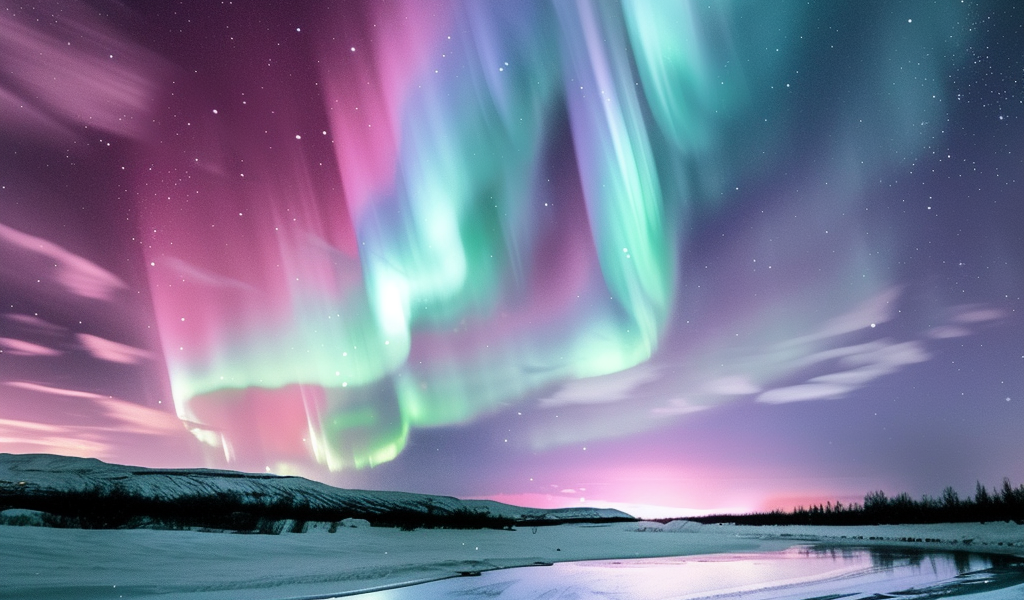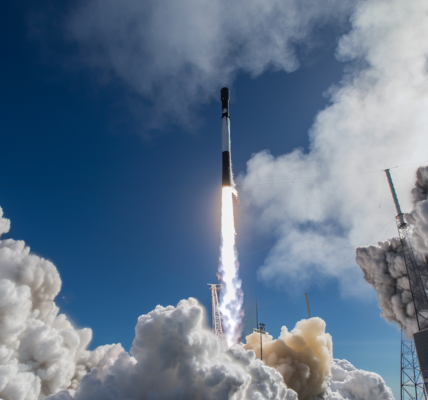The captivating phenomenon of the Northern Lights, also known as the aurora borealis, has recently drawn attention not only for its beauty but also for the discussions surrounding its potential dangers. As geomagnetic storms surged in intensity during May and October, the dazzling displays of the auroras reached as far south as states like Arizona and Florida. This year, the solar activity has reached a peak, marking a significant solar maximum that occurs approximately every 11 years.
Despite the heightened solar activity, experts assure the public that witnessing the Northern Lights remains a safe experience. The auroras occur high in the atmosphere, hundreds of miles above the Earth’s surface, and do not pose any direct threat to individuals on the ground. However, there are concerns regarding the impact of solar events on our infrastructure.
Understanding Solar Activity
Solar activity is primarily characterized by two phenomena: solar flares and coronal mass ejections (CMEs). Both of these events have been increasing in frequency as the sun approaches its solar maximum. Solar flares are sudden bursts of radiation that typically erupt from sunspots and can reach Earth in just over eight minutes, potentially triggering geomagnetic storms.
According to experts, the primary concern with solar flares is their effect on communication systems, particularly GPS technology. Andy Gerrard from the New Jersey Institute of Technology’s Center for Solar-Terrestrial Research notes that while solar flares can cause temporary disruptions, such as radio outages for maritime and short-wave radio users, the impact is usually manageable. For instance, pilots have backup systems in place to navigate and operate aircraft safely, minimizing the risks associated with GPS disruptions.
Coronal Mass Ejections: A Greater Threat?
Coronal mass ejections, on the other hand, are massive bursts of solar wind and magnetic fields rising above the solar corona or being released into space. These ejections can travel at astonishing speeds, reaching up to 1,900 miles (3,000 kilometers) per second. When directed towards Earth, CMEs can significantly alter the planet’s magnetic field, leading to spectacular auroral displays but also posing risks to technology.
Typically, CMEs follow major solar flares and can take two to three days to reach Earth, allowing for some preparation time. However, the unpredictability of these events means that they can sometimes miss our planet entirely. The potential for damage increases with particularly powerful solar events, as witnessed in May during a G5-rated geomagnetic storm. This storm was exacerbated by multiple CMEs arriving simultaneously, leading to heightened concerns about infrastructure vulnerabilities.
Impact on Technology and Infrastructure
The primary risks associated with solar storms lie in their ability to disrupt electronic systems and power grids. High levels of geomagnetic activity can induce currents in power lines, potentially damaging transformers and leading to widespread outages. The implications of such disruptions can be severe, affecting everything from communication systems to transportation networks.
Experts are closely monitoring solar activity and its potential impacts on infrastructure. The National Oceanic and Atmospheric Administration (NOAA) and other agencies provide forecasts and alerts to help mitigate the risks associated with solar storms. These warnings are crucial for industries reliant on satellite technology and for power companies that need to prepare for potential disruptions.
Observing the Northern Lights Safely
For those eager to witness the Northern Lights, it is essential to stay informed about solar activity. While the auroras themselves are not dangerous, individuals should be aware of the conditions that can accompany increased solar activity. Observing the Northern Lights can be a breathtaking experience, and with the right precautions, it can be enjoyed safely.
As solar activity continues to rise, the beauty of the auroras will likely captivate many more across the globe. Understanding the science behind these phenomena helps demystify the Northern Lights and allows observers to appreciate their beauty without fear.
In summary, while the Northern Lights are a stunning natural display, the associated solar activity can have significant implications for technology and infrastructure. Awareness and preparedness are key to enjoying this celestial spectacle while mitigating potential risks.





